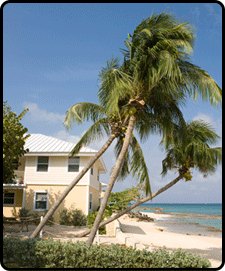We are now offering loans on investment properties and second homes. Below are a few helpful points on investment property and second home lending:
Investment Property Lending
- Fannie Mae and Freddie Mac charge higher rates for investment properties. So expect to pay more for these types of loans. Thank goodness Box Home Loans will continue to operate on super slim margins, making our investment property loans pricing extremely competitive.
- Investment property loans are limited to 80% loan-to-value (LTV). For example, if your investment property is worth $100,000 then you can borrow $80,000 against it.
- If you are buying an investment property, the seller is allowed to contribute up to 2% of the sales price toward your closing costs. Obviously, you would need to negotiate that.
- If you are buying an investment property, all of the funds required for the transaction must come from your own accounts. No gifts or unsecured loans for down payment. However, you can borrow money against your primary residence (such as with a home equity loan*) to pay for the down payment on your new home.
Second Home Lending
 No price hit for Second Homes: Loans on Second Homes come at the same great price as Primary Residence loans.**
No price hit for Second Homes: Loans on Second Homes come at the same great price as Primary Residence loans.**- Second Home loans for conforming loan amounts are limited to 90% LTV.***
- We offer Second Home Jumbo loans up to $1,000,0000 (max LTV of 60% and a score 740 required).
- Second Home occupancy has to make sense. Fannie Mae and Freddie Mac scrutinize these loans heavily to make sure that the occupancy-type makes sense. Unfortunately, some unscrupulous people lie by suggesting that the investment property they are trying to buy or refinance is really a second home. They do this to secure a better price on their loan and allow for a higher LTV. Such borrowers are definitely the minority. However, Fannie Mae and Freddie Mac are skeptical about any second home that has the appearance of being a rental/investment property. As a general rule, to qualify as a second home the property must meet at least one of the following (and possibly more) criteria:
- The second home must be at least 100 miles from your primary residence and/or be in a location that is considered a vacation destination. For example, a home at a ski resort only 20 miles from your home would likely work.
- The second home cannot be an income-producing property.
- You will occupy the second home for a minimum of 14 days in a given year.
- In general, it just has to make sense, and not have the appearance of being a rental in disguise.
